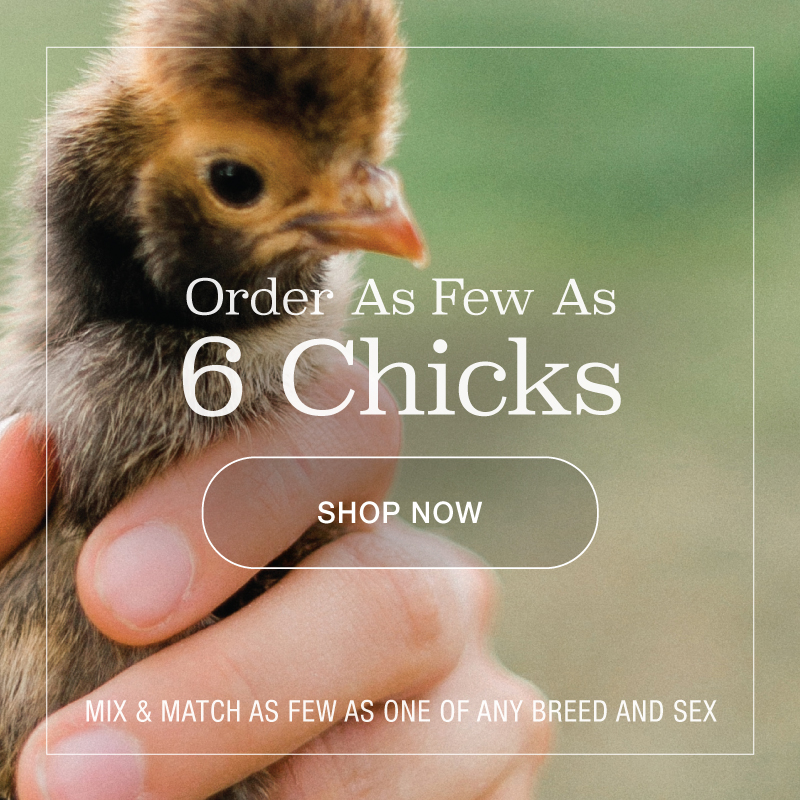Providing your flock with a balanced and nutrient-rich diet will help them achieve optimal growth, maximize egg production, have adequate weight gain and build their resistance to various diseases. It is important that you understand the difference between the various feed categories because as your chickens grow, their nutritional requirements will change.
Following is a list of the different feed categories for your quick reference:
- Chick Starter is used to start your chicks off on the right foot. You should use it for a number of weeks and then switch to a grower feed (for pullets) or a broiler feed (for meat birds) depending on your intentions. Chick starter feeds are available in both medicated and non-medicated varieties. The medicated variety is intended to help the chickens develop an immunity to Coccidiosis. If you chose to have your chicks vaccinated for Coccidiosis, then you should use a non-medicated feed.
- Chick Grower feed is used once the chicks are a few weeks old until they are ready to transition to layer feed which is typically from 4 to 20 weeks or onset of egg production. If you are raising layers and you use a brand of feed that is not supplied in a grower ration, then you would switch directly from starter feed to layer ration at the onset of lay. Similarly, if you are raising broilers and a grower ration is not available, you would switch directly from chick starter to broiler ration or broiler finisher at the appropriate age.
- Broiler Finisher is for feeding to your broilers until they are ready to be processed. Murray McMurray Hatchery sells an organic broiler finisher that is designed for use beginning at around 5 weeks of age.
- Pre-Layer or Pullet Layer is a feed designed for early layer breeds such as Red and Black Stars. Because the birds begin laying at a younger, less developed age they have a different feed requirement. Packed with amino acids this layer feed helps the bird grow and mature physically while also providing the right nutrition to produce eggs. This feed may not be available at every hardware store and could be hard to find but it is essential in development. If unable to source you can mix Broiler Booster into your Layer feed. One packet per 250 lbs of feed or 2 Tbl per 50 lbs.
- Layer feed is formulated for hens approaching laying age. Some layer feeds are designed to be used starting at 16-18 weeks and others are designed for use beginning at 10 weeks. Some layer feeds are complete feeds, meaning that you do not need to supplement them. Some layer feeds are lower in calcium and need to be supplemented. One supplement option is adding oyster shells to your feed. Murray’s Select Oyster Shell will provide your laying hens the calcium they need to keep their eggshells strong. Hens that get too little calcium will lay thin-shelled eggs that are prone to breakage. Why oyster shells? Oyster shells are made of calcium carbonate which is found in egg shells.
In addition to the many types feed, there are several different forms as well, including:
- Mash is ground up feed.
- Pellets consist of mash that has been processed to shape the feed into pellets. Note: pellets can help to reduce feed waste but are not as easily digested as mash or crumbles.
- Crumbles are a feed containing pellets that have been broken up into smaller pieces making them easier to consume.
One other item to make sure you have easily available for your flock is access to fresh, clean water. Water is not always considered to be a nutrient but it is one of the most important items to consider for your flock’s health.
Always follow your feeds recommended feeding schedule as they are all formulated differently.


